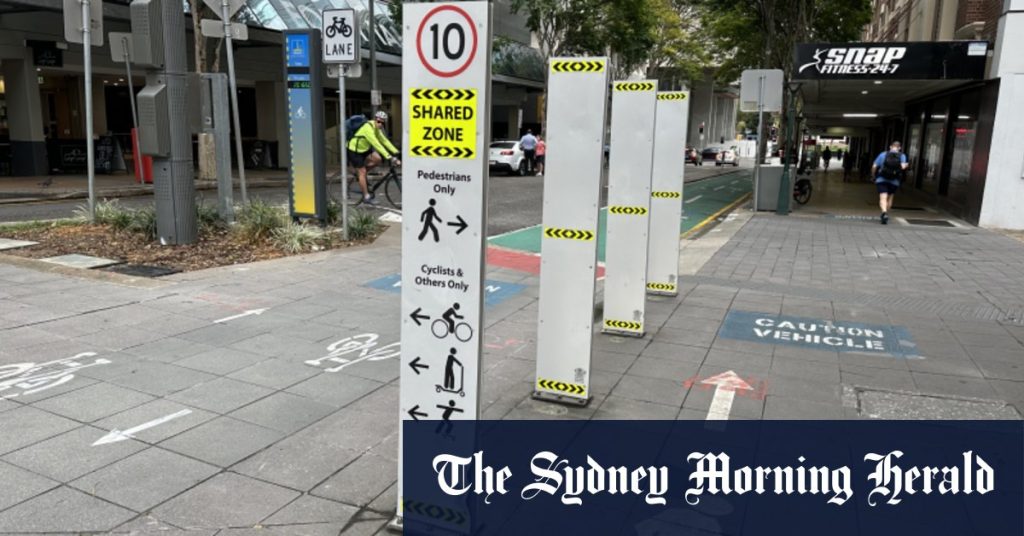The Queensland Transport and Main Roads department has implemented changes to the speed limit on the Kurilpa Bridge in Brisbane, raising it from 10km/h to 20km/h due to observational studies and consultations. The decision was made after it was found that most cyclists and scooter users were already travelling at speeds above 10km/h, with the median speed being 19.6km/h. The study also found that interactions between bridge users were infrequent and generally not uncomfortable. Signs on the bridge will be updated to reflect the new speed limit by April 30.
One of the reasons for increasing the speed limit was that the current limit of 10km/h was being almost universally disregarded by bridge users. The study found that 96% of bicycle and scooter riders were travelling above 10km/h. The stability of two-wheeled devices is also a consideration, as bicycles can become unstable at speeds below 11km/h. The decision to raise the speed limit on the Goodwill Bridge in 2017 was also mentioned as a similar action taken in response to a previous study.
The new 20km/h speed limit is intended to create a more consistent environment for bridge users, as well as to reflect the behavior of cyclists and scooter users who are already travelling at higher speeds. The study recommended either rescinding the speed limit or setting it at 20km/h to align with current rider behavior. The decision was seen as a win for common sense by Space 4 Cycling Brisbane spokesman Chris Cox, who noted that users of the bridge were generally good at negotiating space and avoiding conflict.
The changes to the Kurilpa Bridge are also aimed at improving safety by reducing potential hazards caused by slower-moving pedestrians and faster-moving cyclists and scooter users. By encouraging pedestrians to walk on the outside edges of the bridge and cyclists and scooter riders in the center, a form of “soft segregation” is being implemented to help regulate the flow of traffic. This is expected to reduce disruptions and make it easier for users to overtake each other when necessary.
The study conducted across three sites, which included over 126 hours of footage, found that interactions between bridge users were few and largely uneventful. With only 111 interactions recorded, the vast majority were not deemed disconcerting or uncomfortable. The modest demand for the bridge also made it easy for users to give each other a wide berth and overtake when needed. The lack of pedestrian or cyclist crashes on the Kurilpa Bridge since it opened in 2009 was also noted as evidence of the generally good negotiation of space by users.
The speed enforcement at the Kurilpa and Goodwill Bridges has been met with positive feedback from the community, with many people thanking police officers for addressing potential safety hazards caused by excessive speed. The overall goal of the speed limit changes and updates to bridge signage is to create a safer and more consistent environment for all bridge users. By aligning the speed limit with existing rider behavior and the stability of two-wheeled devices, the Queensland Transport and Main Roads department hopes to improve the overall experience for cyclists, scooter users, and pedestrians using the Kurilpa Bridge.


